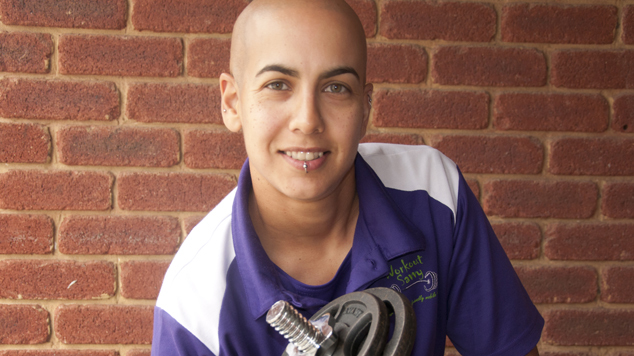 Some people believe that there is no limit to how flexible you should be. The more flexible the better, they say. If you can wrap yourself into the shape of a pretzel, power to you. My views on the topic are more conservative.
Some people believe that there is no limit to how flexible you should be. The more flexible the better, they say. If you can wrap yourself into the shape of a pretzel, power to you. My views on the topic are more conservative.
I’ve spoken to several former gymnasts who suffer varying degrees of joint dislocations due to over stretching during their competing days. Forcing your joints and muscles in severe ways can cause lax tendons and ligaments. These are the structures of the joints that attach muscle to bone, and bone to bone, and are there to help hold everything in place.
Gymnasts require a greater-than-normal amount of flexibility because, without this extreme range of movement, muscles would tear during competition. This applies to many sports. Have you seen how high the football players can kick their legs? Most could kick themselves in the head if you asked them to. Great for a party trick, but unnecessary for most.
For those of us who are not elite athletes, we have to consider what we require of our body on a daily basis when thinking about how flexible we need to be.
As I’ve mentioned before (‘Bulking up the boys’ – part 1; Oct 2012), it’s vital that we look after our muscles in a balanced way. Opposing muscle groups work together to enable the most simple of movements. As important as it is to work the muscles evenly, it’s equally essential to have similar flexibility in opposing muscle groups. For example, stretching and improving the flexibility of often over tight muscles such as the glutes and the hamstrings will help alleviate the all too-common lower back pain.
Daily stretching while the body is warm is the key to increasing flexibility. You should be able to feel a stretching sensation through the muscles but there shouldn’t be any sharp pain or discomfort. After holding a stretch for about 20 seconds the muscles will start to relax, making it possible to take the stretch a little further. Hold for a further 10-15 seconds, ensuring you concentrate on deep, slow breathing. For advanced results, find a fitness professional who can take you through some proprioceptive neuromuscular facilitation (PNF) stretching for your problem areas. PNF stretching is a technique used by athletes to enhance flexibility. This method involves a stretch – contract with resistance – relax – stretch cycle.
There is a certain stigma attached to stretching for social sports – it’s often seen as uncool. That said, it will help get your body ready to perform at optimum levels while assisting in maintaining flexibility. Dynamic stretching before sport is necessary to prepare the muscles and joints for the activity they are about to engage in and to minimise the risk of injury. Static stretching after sport will aid recovery and keep soreness to a minimum.
Is it time you did something to improve your flexibility? Maybe yoga is the answer for you. Could having better flexibility reduce some of your aches and pains and improve your quality of life? Think of the exciting possibilities that could be added to your sex life!
Sav Adele




